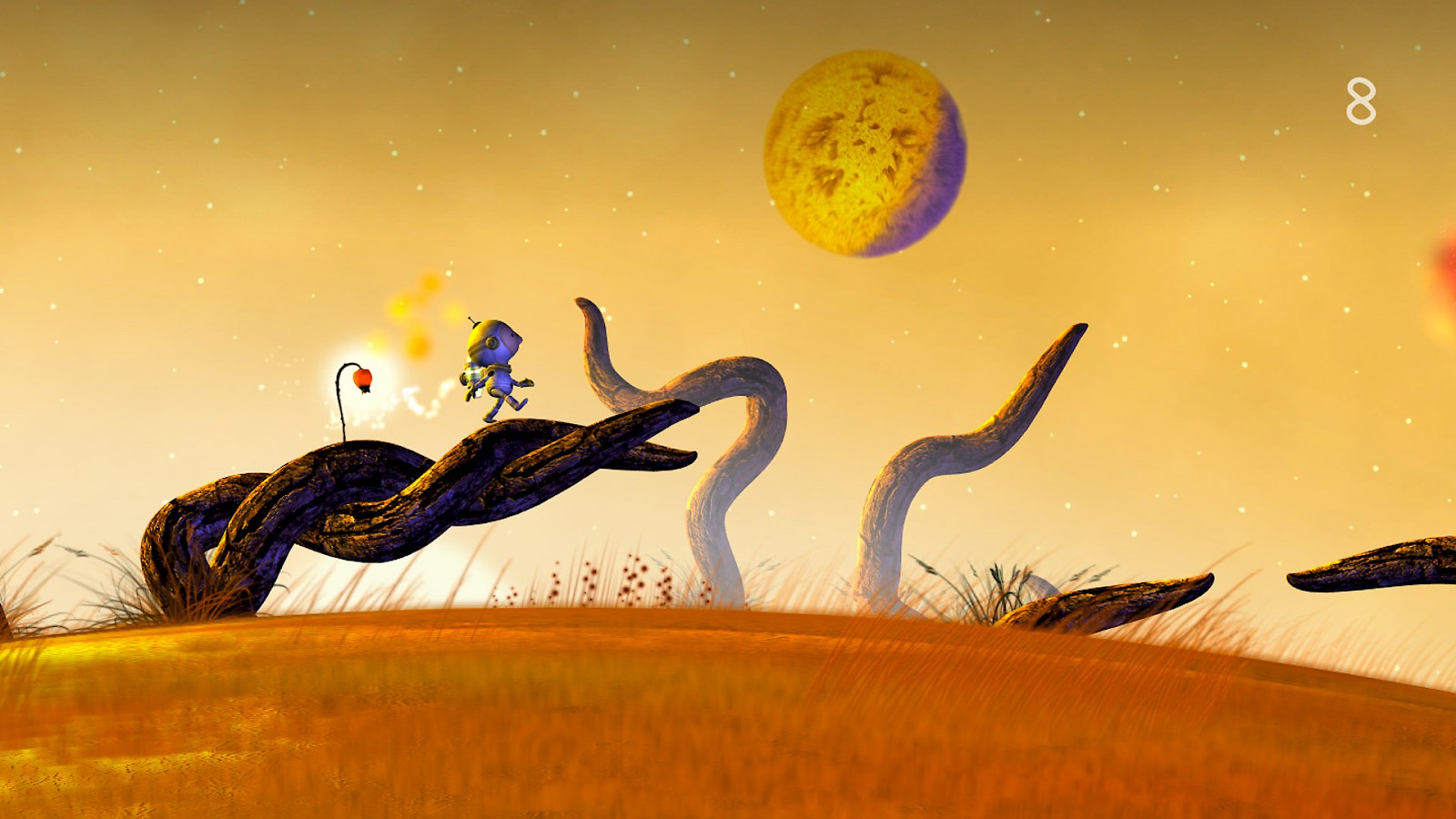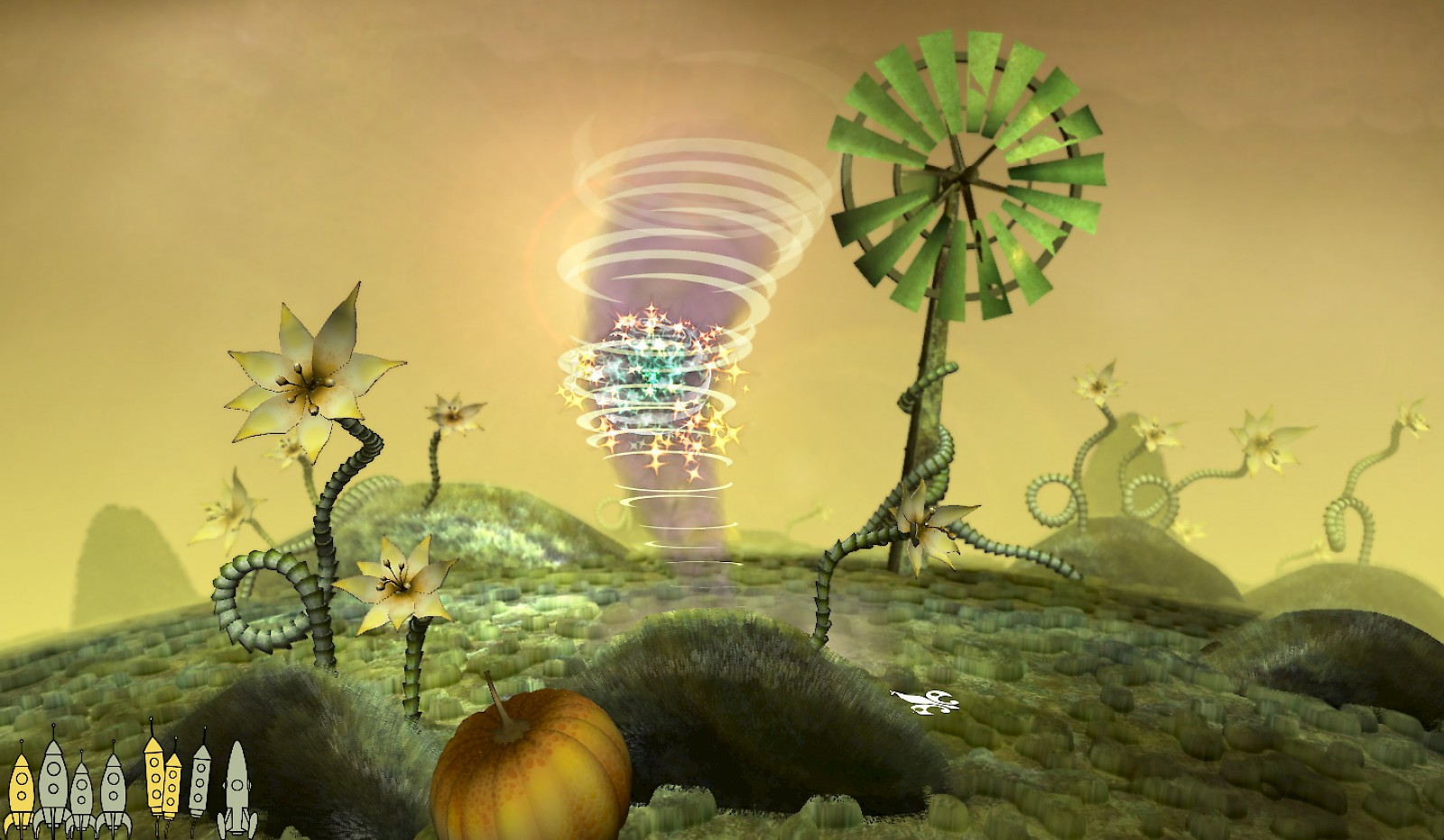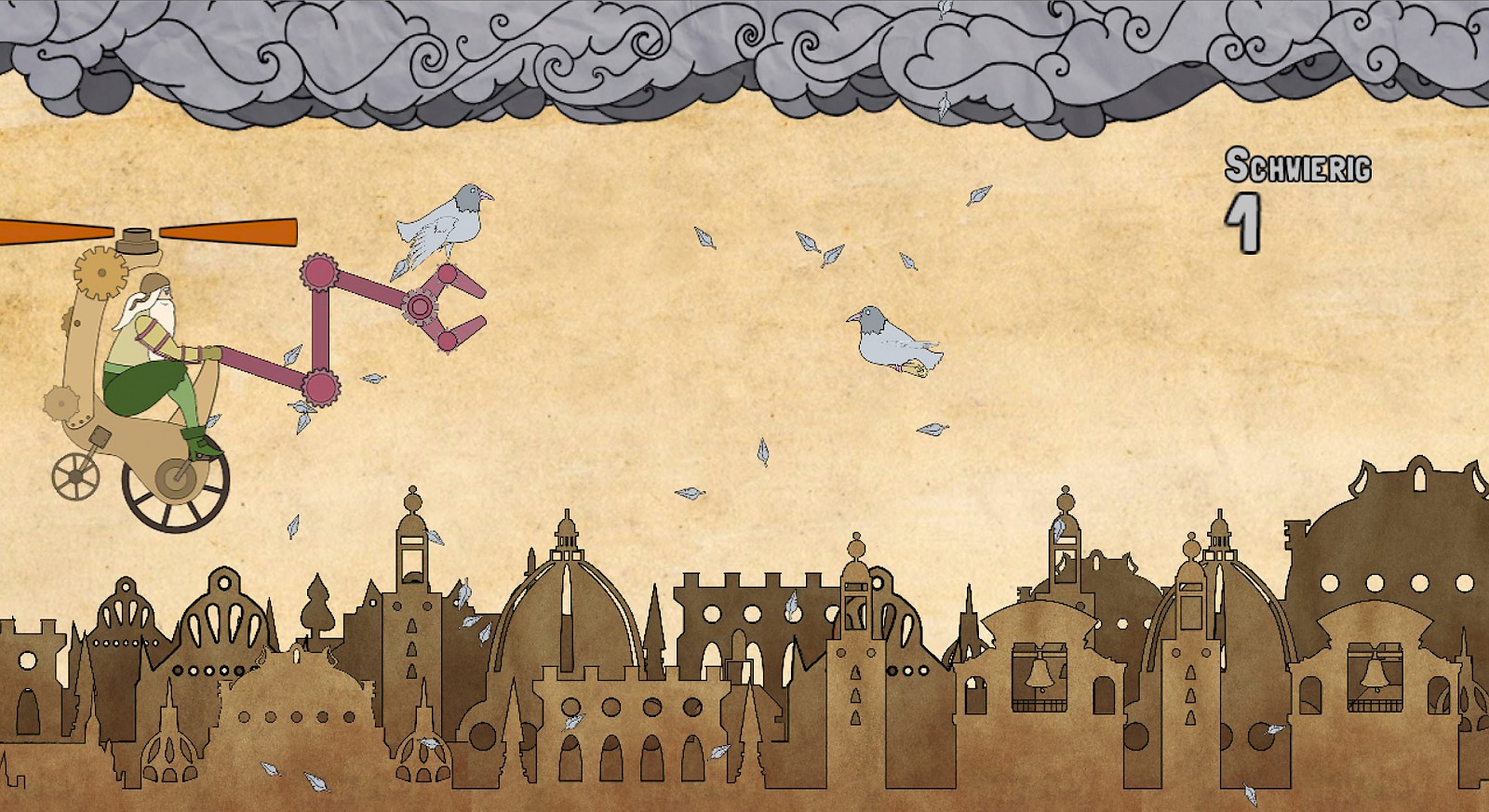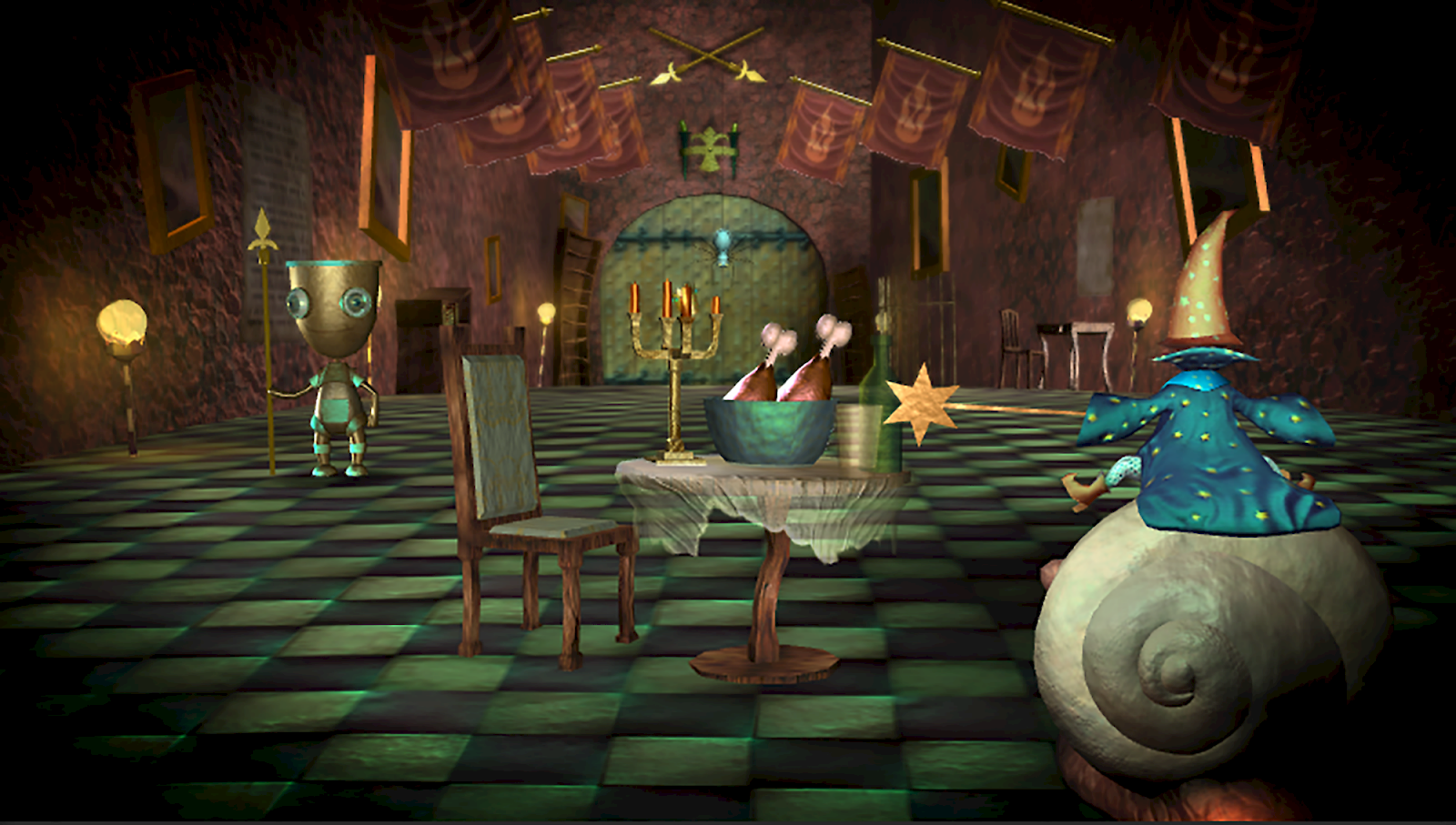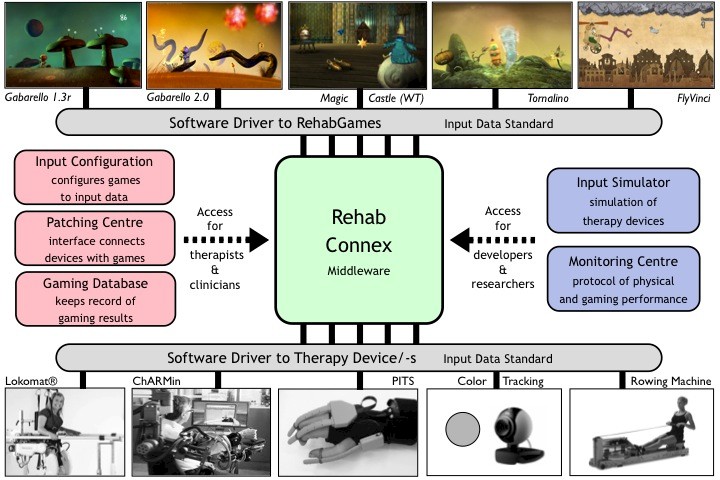IMIC
Application-focused medical research
In an interdisciplinary project setting, iMiC (Innovative Movement Therapy in Childhood), as a translational research project has the objective of further developing and refining movement therapies for children with motor impairments. A special focus was placed on virtual therapy systems for the upper and lower limbs. Building on the research results from preceding projects, the system was progressively extended and optimized for children with a range of different trauma injuries. While the clinical research efforts concentrated on the evaluation and efficacy of the interventions, the ZHdK research team considered issues of the specific design of the virtual systems: How might it be possible to design and implement gaming worlds appropriate for these users’ needs that could also be adapted to the various therapeutic systems along modular lines?
More than the sum of its parts
A combination of motor and cognitive therapy dimensions is thought to have major potential with regard to the efficiency and success of rehabilitation of neurologically based motor disturbances. Instead of interminable, constantly repeated exercises, iMiC was aimed at creating a varied and stimulating setting that would allow the use of multiple therapeutic systems that could be operated in combination. The linkage of these systems is replicated in gaming environments, in which the automated therapy devices also function as a game.
Multimodal approach
One of the technological requirements for the use of multiple therapy devices is the provision of a software standard for the exchange of game-related information. Generating such a standard was the first major milestone of the project running through to 2015. Since that time, the knowledge generation process has been boosted with a reflection-based, and open design practice. The requirements analysis was focused on participation in the therapy situation, and on capturing the requirements, needs and wishes of the various user groups. An iterative process was then followed to firm up a range of game concepts, as the basis for developing the optimum solution for patients and a modular therapy concept.
The project received funding support from Fondation Gaydoul and the Mäxi Stiftung foundation.
